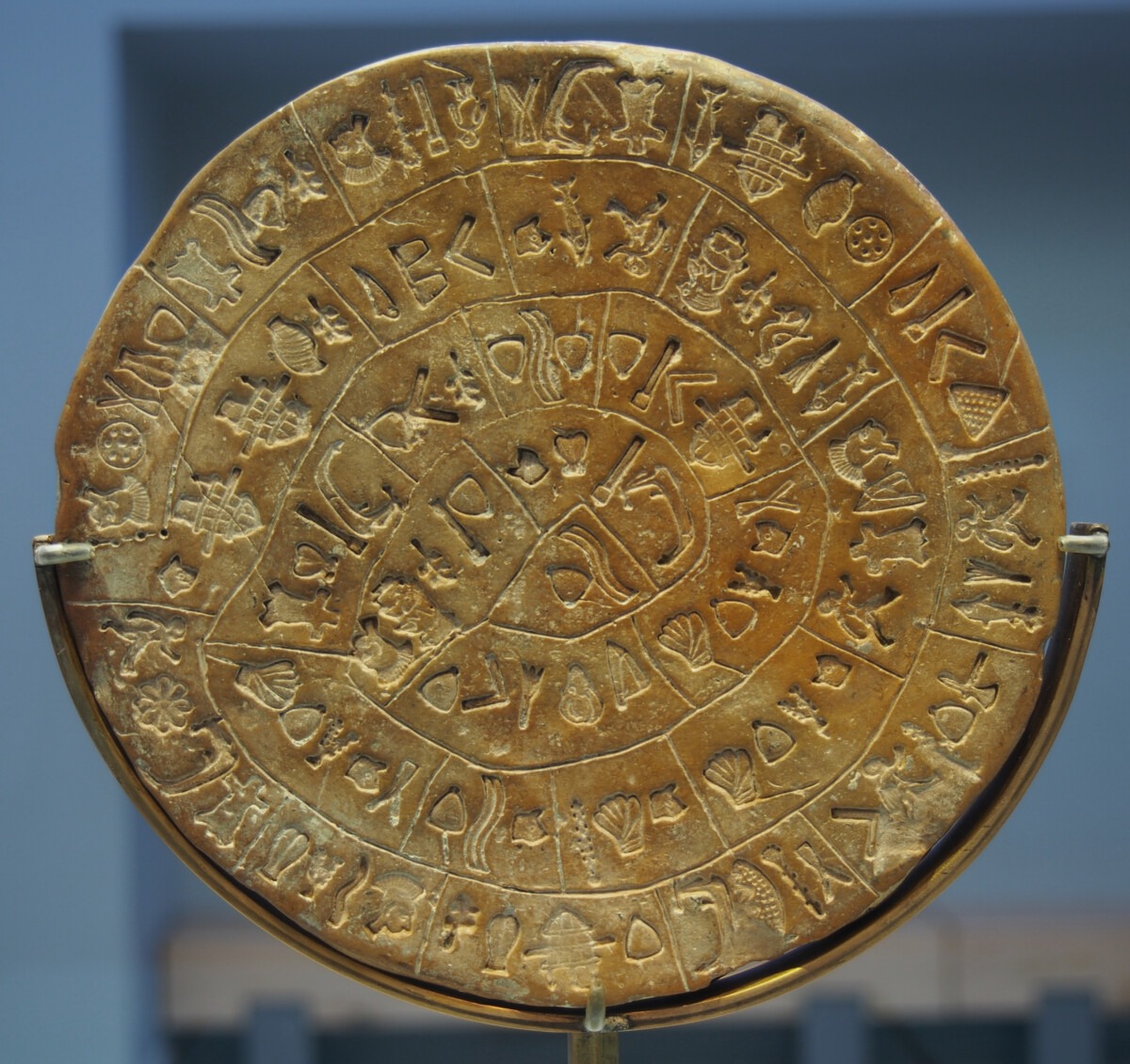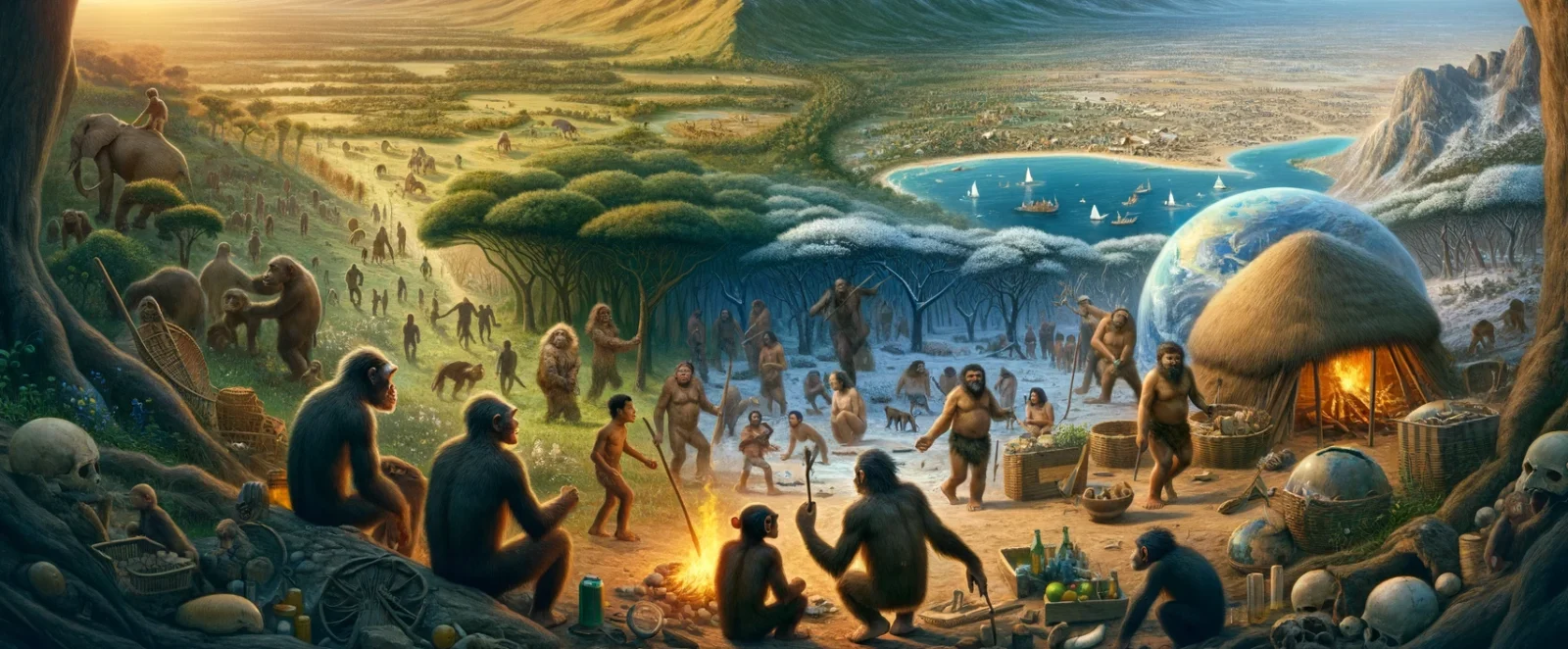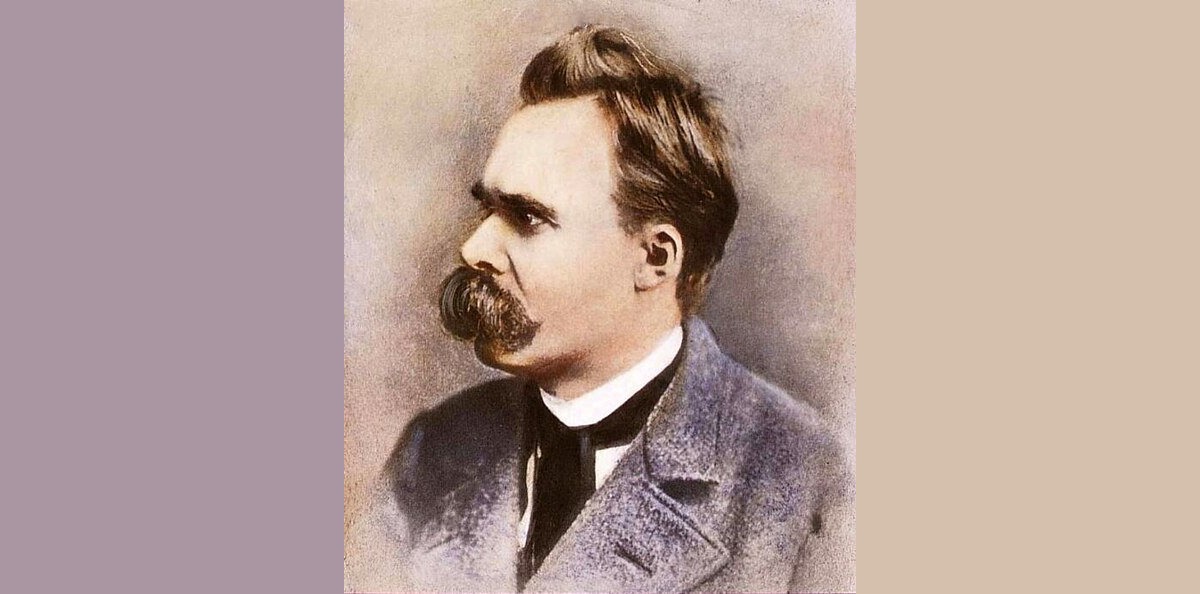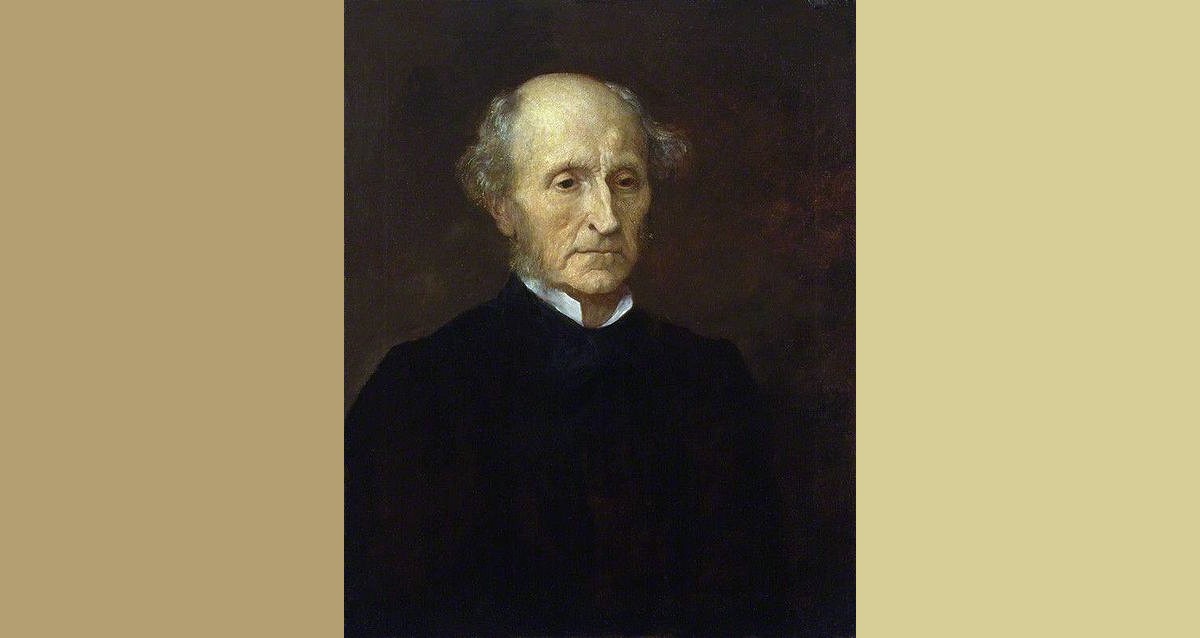Modern Skin Color Variety Emerges
Current understanding suggests that the diverse skin colors among modern humans, ranging from dark brown to fair, evolved multiple times both within Africa and as Homo sapiens migrated out of Africa. This variation is driven by natural adaptation to varying levels of UV radiation exposure in different populations, a process that typically unfolds over thousands […]
Modern Skin Color Variety Emerges Read More »




















